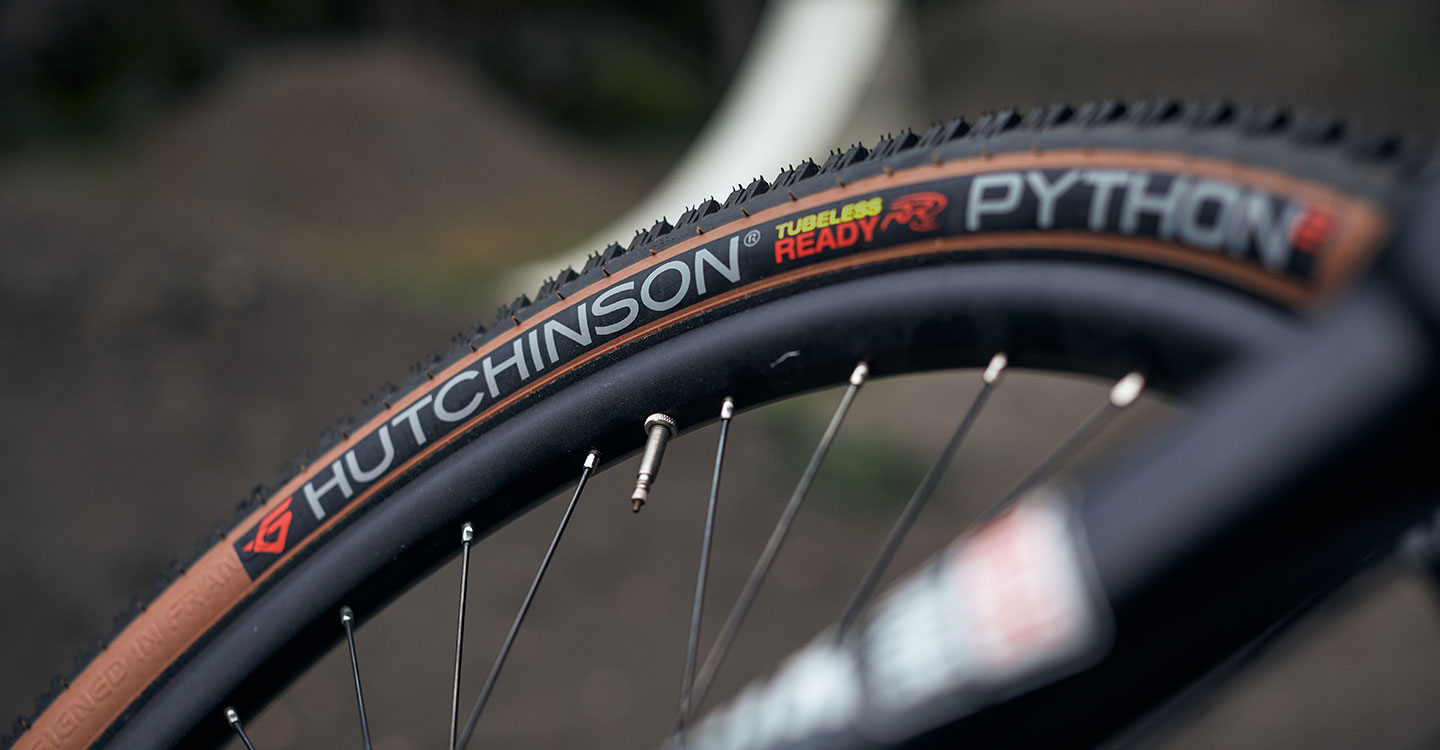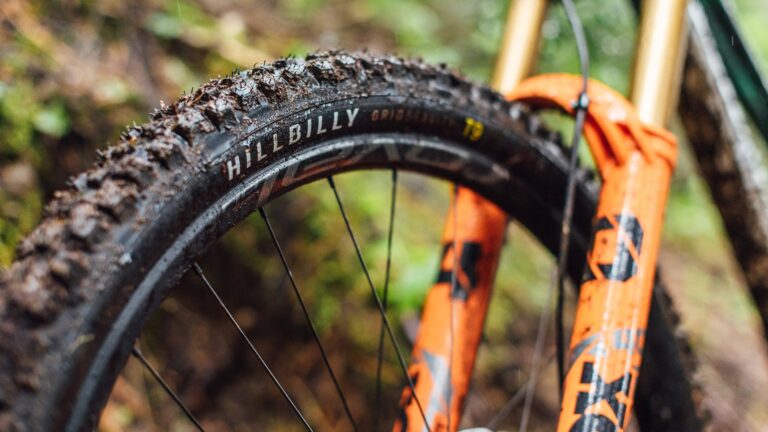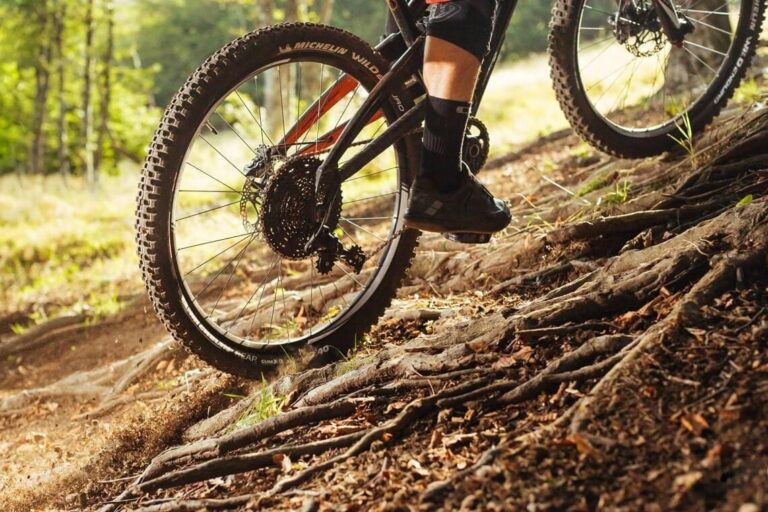Recognizing Wear and Tear Indicators for Cross Country Tires

Key Point Summary of Wear and Tear Indicators for Cross Country Tires:
- Wear Indicators: Essential for assessing when tires need replacement to maintain safety and performance.
- Cross Country Tires: Designed for durability but still subject to wear over time, affecting grip and control.
- Lifespan: Varies based on riding conditions, tire quality, and maintenance practices.
- Replacement: Necessary when indicators show significant wear to prevent loss of performance or safety risks.
In the realm of cycling, particularly within disciplines that demand as much from the equipment as from the rider, understanding the wear and tear on your tires is crucial. Cross country biking, with its unique blend of endurance, speed, and technical challenges, places significant demands on tires. For cyclists, recognizing when tires are due for replacement is key to maintaining optimal performance and safety.
Understanding Wear Indicators
Wear indicators on cross country tires aren’t always as straightforward as those found on automotive tires, where tread wear indicators are clearly visible. Instead, cyclists must be vigilant and aware of the signs that indicate tire wear, such as:
- Tread Depth: The most obvious indicator. Reduced tread depth means less grip, especially in wet or loose conditions. Some tires come with built-in wear indicators, like small holes or bars that disappear as the tire wears down.
- Sidewall Cracks: Check for visible cracks or cuts in the tire’s sidewall. These can compromise the tire’s integrity, leading to potential blowouts.
- Casing Exposure: If the tire’s casing becomes visible through the tread or sidewall, it’s a clear sign that the tire needs replacing.
- Flat Spots: Uneven wear, often from heavy braking, can lead to flat spots on the tire, affecting its roundness and performance.
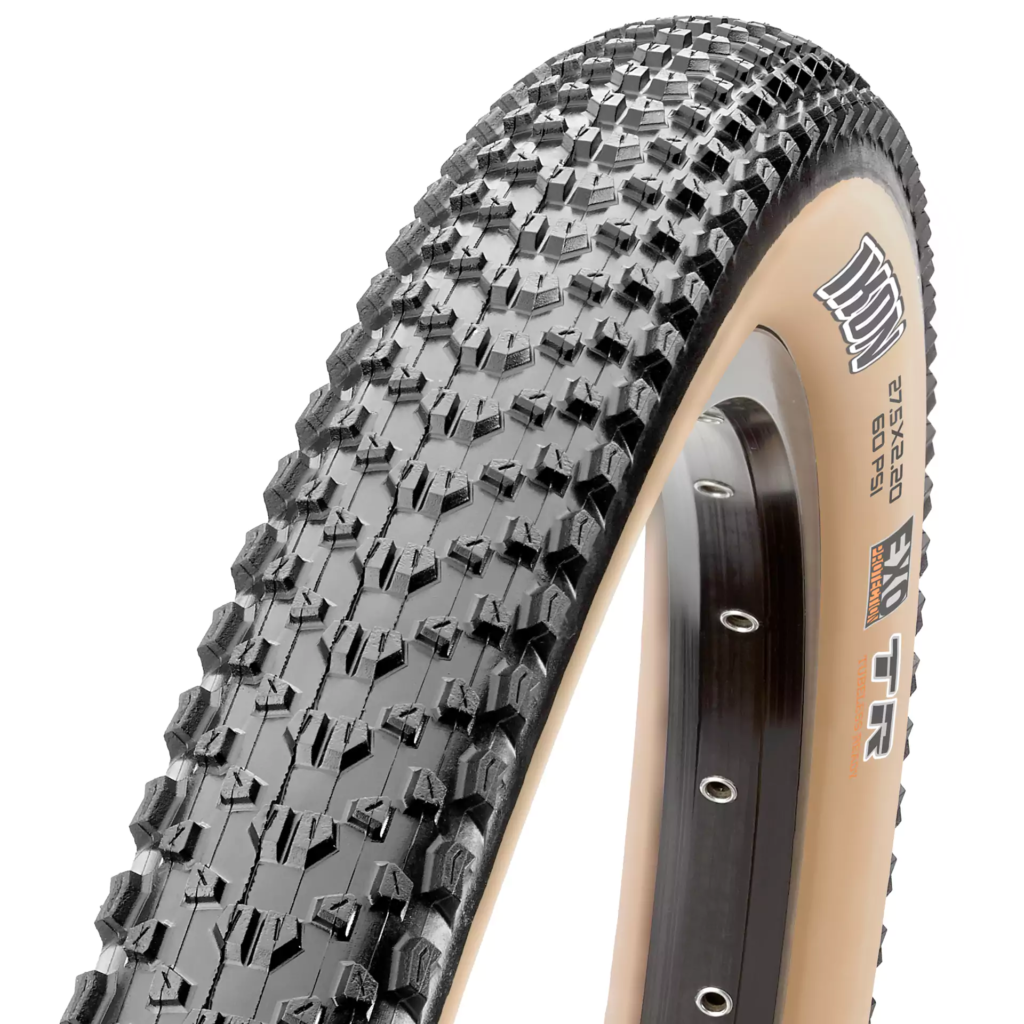
Assessing Tire Lifespan
The lifespan of cross country tires can vary significantly based on several factors, including the tire’s construction material, the rider’s weight, riding style, and the terrain that is typically ridden. Regular inspection is essential, as is understanding that even tires with ample tread can suffer from other forms of wear, such as sidewall damage or the breakdown of the rubber compound.
Knowing When to Replace
Deciding when to replace your tires is a judgment call that depends on their condition and your riding demands. If you’re tackling challenging terrain, err on the side of caution and replace tires before they show significant wear. For casual riders on less demanding trails, you might opt to get more use from your tires before replacement.
Selecting the right cross-country (XC) tires is pivotal for ensuring optimal performance, durability, and safety on the trails. Here’s a list of some of the best XC tires known for their robust construction, designed to withstand the rigors of cross-country riding while offering excellent grip, efficiency, and puncture resistance:
- Schwalbe Racing Ralph: A staple in the XC world, the Racing Ralph combines low rolling resistance with a durable design and excellent grip, making it suitable for a wide range of conditions.
- Maxxis Ikon: The Ikon is renowned for its versatility and durability, featuring a high-volume casing and triple compound rubber that provides exceptional traction and longevity.
- Continental Race King: Known for its fast-rolling capabilities and robust construction, the Race King is a favorite among XC riders for its puncture resistance and reliability in various conditions.
- Vittoria Mezcal: The Mezcal stands out for its unique tread pattern designed for speed and its Graphene 2.0 compound that enhances durability and puncture resistance.
- Specialized Fast Trak: With an emphasis on speed and reliability, the Fast Trak features an adaptive tread pattern and a tough casing to handle the demands of aggressive XC riding.
- Bontrager XR2 Team Issue: This tire offers an excellent balance of lightweight, durability, and traction, making it a great choice for competitive and recreational riders alike.
Each of these tires brings something special to the XC discipline, from advanced rubber compounds that enhance durability to tread designs optimized for speed and grip. Whether you’re racing or enjoying scenic trail rides, investing in a set of robust XC tires can significantly improve your riding experience.
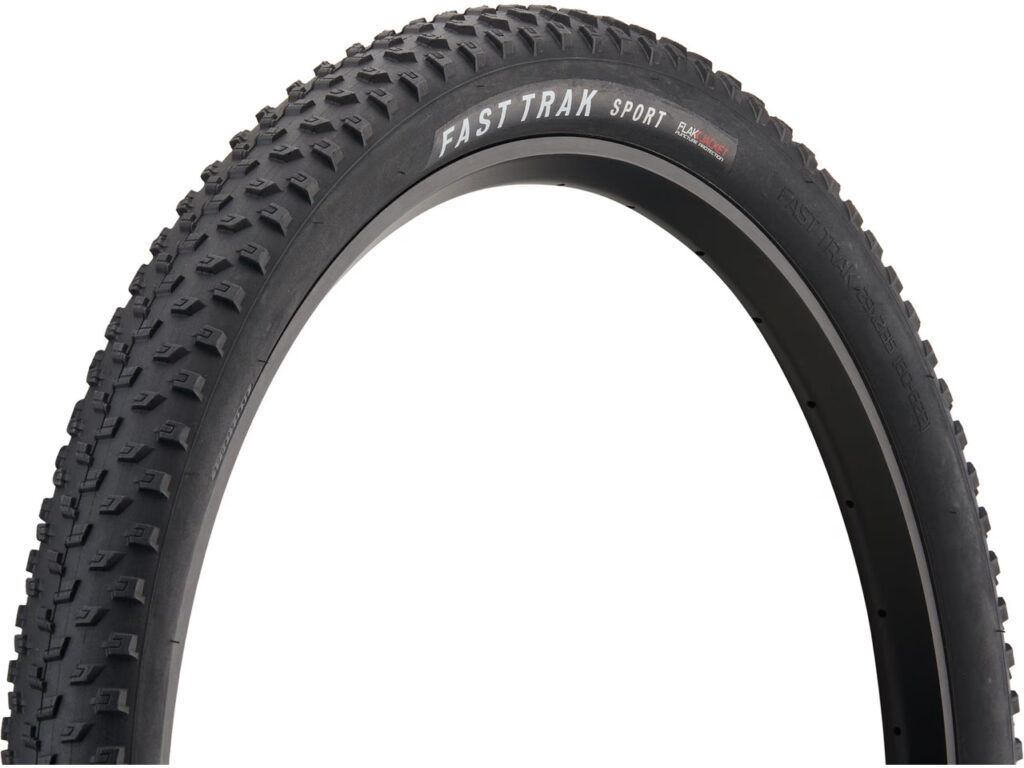
Wrapping Up
For cross country cyclists, from beginners to seasoned riders, recognizing the wear and tear on your tires is an essential skill. It ensures not only your performance on the trails but also your safety. Regularly inspect your tires for wear indicators, and be proactive about replacement to keep your rides smooth, efficient, and above all, safe. While tires are a significant investment, they are also the only contact point between you and the trail, making their maintenance and timely replacement non-negotiable for the serious rider.
John
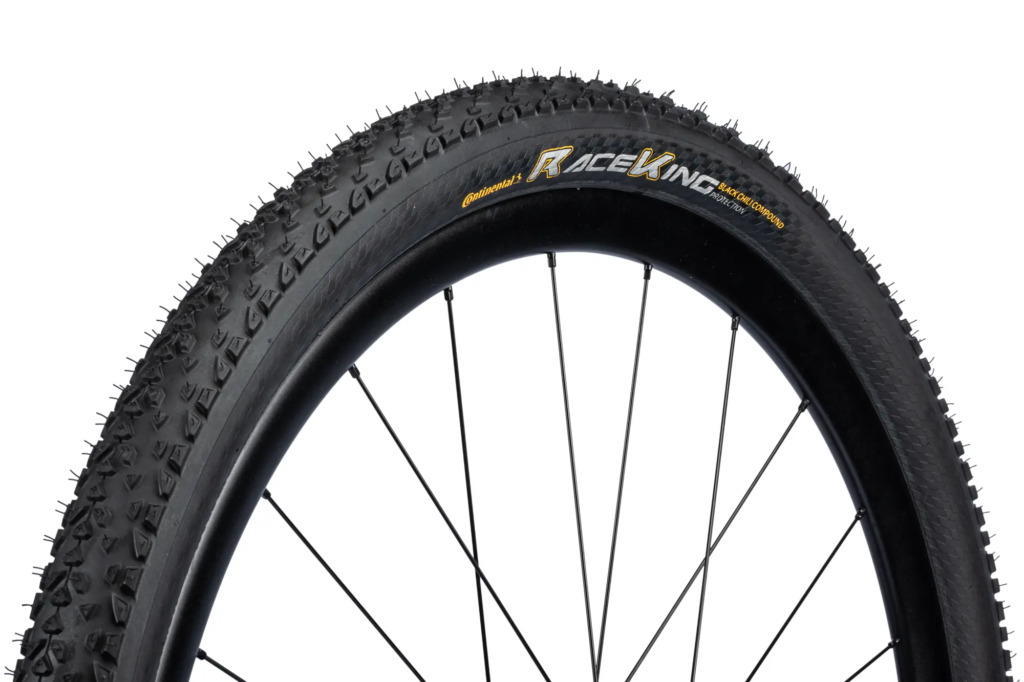
FAQ
What is cross country tire?
A cross country tire is designed for XC mountain biking, featuring lightweight construction, lower tread depth for speed and efficiency on hardpack or moderately rough terrain.
Is 2.35 too wide for XC?
No, 2.35 is not too wide for XC, especially with current trends towards wider tires for improved traction and comfort, though preferences vary by rider and course conditions.
What is the difference between XC tires and trail tires?
XC tires are generally lighter, with less aggressive tread patterns for speed and efficiency, while trail tires are heavier, with more robust and aggressive treads for better grip and durability on rougher terrain.
What size tires do XC racers use?
XC racers typically use tires ranging from 1.9 to 2.35 inches in width, with the choice depending on the specific course conditions, rider preference, and the balance between speed and traction.
